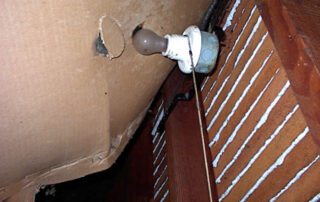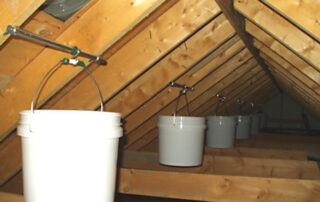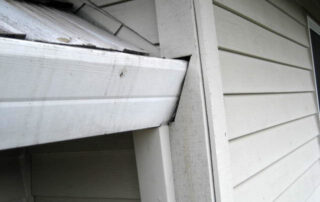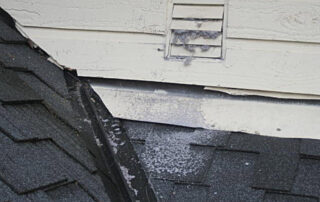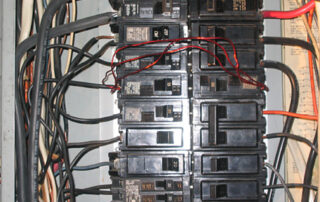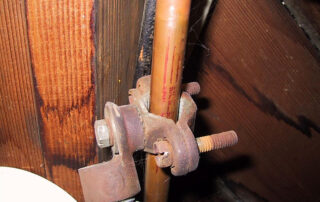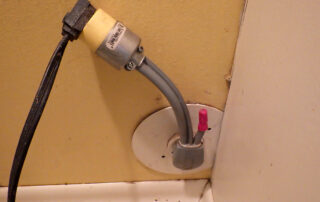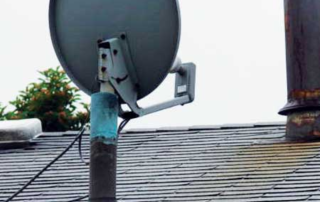Electrical and Plumbing – September 2023
Fashionable sinks haven’t sported S-traps for over 100 years. Like wearing white shoes after labor day, S-traps simply aren’t done. Of course, the lack of a high loop at the dishwasher drain is also a sad error. These mistakes will make little difference, however, to the poor soul who reaches a wet hand under the sink to turn on the disposer, only to [...]



